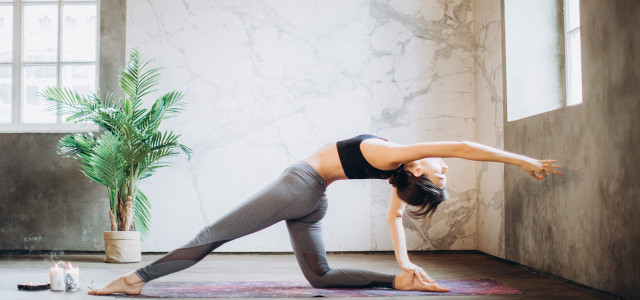Hatha Yoga is one of the most popular yoga styles, especially in Western culture. This branch focuses on physical yoga poses, sequences, and breathing exercises. Originally, the teaching behind it was even more comprehensive.
More often than not, as Americans, when we refer to yoga, we are actually referring to Hatha Yoga. This branch of yoga focuses on physical exercise and the use of our body which we almost exclusively associate with yoga. Our article will explain the background and methods of Hatha Yoga, show you what you can expect from a Hatha Yoga class and how you can benefit from this practice.
Origin of the Yoga Teaching
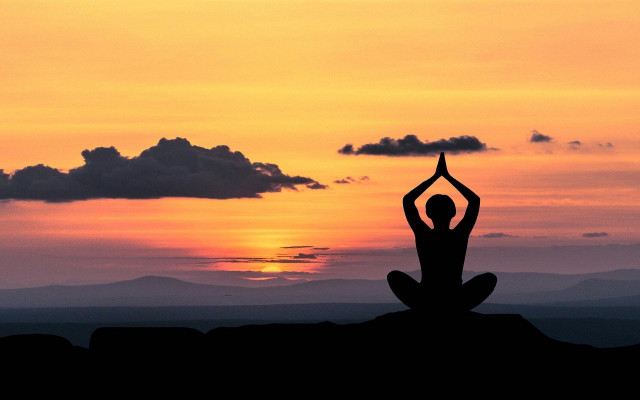
Yoga is regarded as a practical philosophy that encompasses all aspects of life. Originating in India, yoga teachings are several thousand years old. The goal of yoga practice is to escape the cycle of death and rebirth and return to the source of the soul.
The teachings, philosophies, and practices of Yoga are as diverse as life itself. The various branches of yoga make use of different concepts, ideas, methods and ultimately pursue different intermediate goals while working in perfect harmony.
- Yoga practice has long been based primarily on self-reflection and meditation. In addition to mystical practices and the study of ancient scriptures, the ascetic life was also part of yoga. The body was considered the source of all pain and ultimately unreal.
- The Tantra teachings that emerged in the 11th century had a different approach: body and worldly senses are not slandered but are regarded as a sacred vehicle through the cycle of life (samsara). Meaning body and world are honored and regarded as a means to enlightenment, not as an obstacle.
- Hatha Yoga attributes great importance to physical practices and was also developed on this basis. The most important basic work of that teaching is the Hatha Yoga Pradipika, which was written by Swatmarama in the 15th century. It explains the principles, goals, and methods of Hatha Yoga.
Goals and Methods of Hatha Yoga
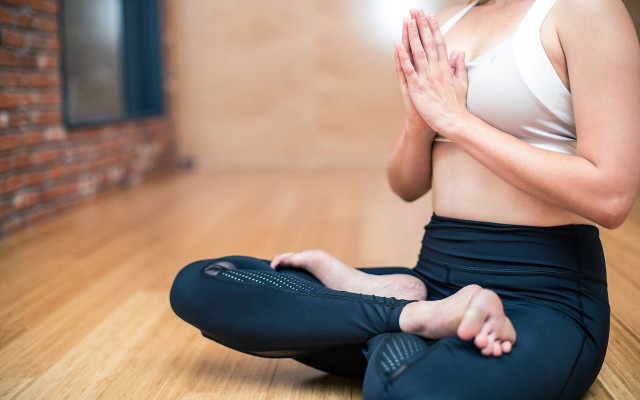


The term “Hatha” translates to force or wilful and its syllables “Ha” (sun) and “Tha” (moon) indicate a basic principle of the teaching. It aims to balance and harmonize life’s contrasts – like effort and relaxation, male and female, logic and creativity. Hatha yoga is designed to align and calm your body, mind, and spirit in preparation for meditation.
To achieve this, Hatha Yoga uses the following practices:
- Asanas: these physical exercises or poses serve to strengthen and balance both mind and body, as well as to direct energies within the body.
- Pranayama: the breathing exercises are designed to cleanse the body and mind and to expand and regulate the prana, or life energy.
- Mudras: symbolic hand and finger gestures that facilitate the flow of energy throughout the body
- Kriyas: the psycho-physiological method of decarbonizing blood in order to recharge it with oxygen so as to rejuvenate the life current
- Ethical Principles: there are certain basic principles that should be observed in everyday life based on “Yamas” and “Niyamas”
Today: Hatha Yoga Poses and Breathing
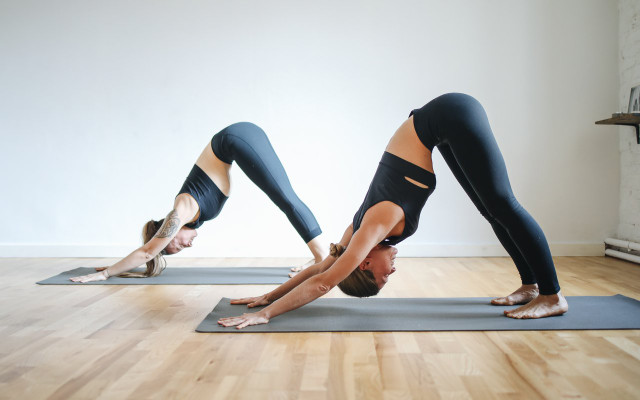


Hatha Yoga has become as popular as it has due to the Yoga teacher Krishnamacharya, who traveled through India in the first half of the 20th century and spread the teaching of physical exercises. He paid very little attention to the spiritual aspects of Hatha Yoga and concentrated mainly on Asana and Pranayama. This made it both easily accessible and more attractive to Western culture.
Most yoga schools and studios in Europe and North America don’t teach the hand postures (mudras) or the body cleansing (Kriyas). Though the spiritual aspects may still be touched upon, the focus is clearly on the physical Hatha yoga poses and sequences (asanas). In some cases, various breathing exercises (pranayama) and meditations are taught or integrated into the asana practice.
As a purely physical practice, Hatha Yoga poses and sequences have found their way into fitness studios and sports schools. Even though there is hardly any connection to the original yoga in this form, the physical exercises are still physically helpful.
Hatha Yoga Classes: Know Before You Go
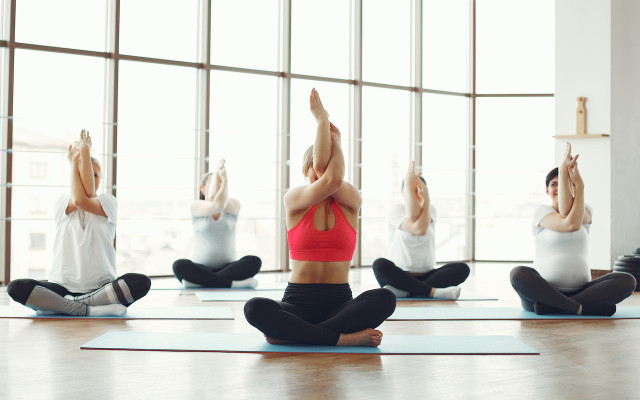


At a gym or in a studio, Hatha Yoga classes will focus on body exercises. So by combining both relaxing and activating exercises it will help you build strength and become more flexible.
A Hatha Yoga class can be quite demanding and make you sweat. However, most of the lessons are suitable for beginners. Each class will also incorporate relaxing exercises into the Hatha Yoga sequence, including the deep relaxation (Savasana) at the end of the class. Known yoga poses in a Hatha Yoga sequence are the upward and downward dog, the tree or bow pose, or the crow.
Hatha Yoga is also suitable if you:
- have little to no experience with yoga
- are not physically fit
- want to do something for your body
- cannot imagine meditating for half an hour
- want less emphasis on the spiritual aspects of yoga
Tip: If you’re a bit nervous about going to your first yoga class, look up some videos online. That way you will have an idea of the Hatha Yoga poses and yoga sequences before you get there!
Benefits of Yoga
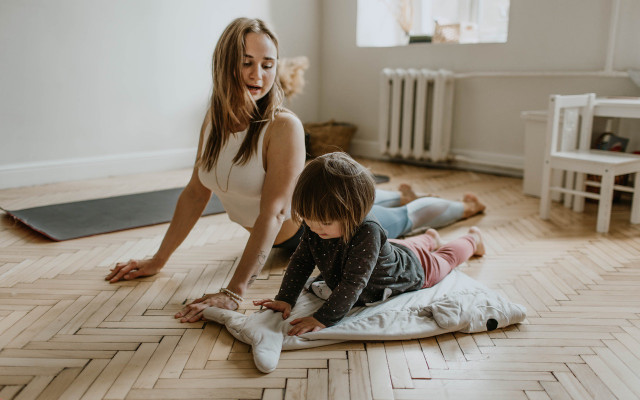


In recent years, the scientific community has been increasingly interested in Hatha Yoga poses, meditation and their effects. There are already a number of studies and tests that attribute many positive effects to regular yoga practice – though it should be mentioned that there is often a lack of in-depth comparative and long-term studies.
The National Center for Complementary and Integrative Health says practicing yoga shows a lot of promise for managing certain health issues. According to their research, yoga may:
- relieve lower back and neck pain
- help manage day to day anxiety and depression
- improve physical balance
- aid in stress-management and emotional health
- improve sleep patterns
Hatha Yoga is beneficial for mind, body and general well-being. To avoid injuries, remember to respect your limits and only go as far as it feels comfortable.
This article has been translated from German by Karen Stankiewicz. You can view the original here: Hatha Yoga: Infos zu Training, Ursprung und Zielen
Important Information regarding Health-related Topics.
** Links to retailers marked with ** or underlined orange are partially partner links: If you buy here, you actively support Utopia.org, because we will receive a small part of the sales proceeds. More info.Do you like this post?






